Dog Pet Guide
Pick the Perfect Pet to Fit your Lifestyle!
Research, Resources & Education
Our objective is to serve as a platform for education, through extensive research and a wide range of links to resources. We strive to provide comprehensive and accurate information, and we understand that like humans, animals too are unique individuals. Therefore, it is essential to acknowledge that the information we provide is general and may not apply to every animal of a particular breed or species.
Table of Contents
Find the Perfect Dog
to Fit Your Lifestyle!
Guides to many breeds of dog separated into sections of x-small, small, medium, large & x-large
The guide includes breed, coat, grooming, are they good with small kids, attention, barking level, activity level, size, how easy are they to train and other information.
This page also includes their group, reason for the breed and what activities they are good in, such as agility, weight pulling or guarding.
ABOUT Dogs
Information Prior to Adopting
SIZE:
- This is one of the first factors you may want to take a look at.
- The larger the breed the higher the food bill, as well as the veterinary costs (some medications are paid by the pound).
- Although many small breeds can be just as energetic as their larger counterparts, if not more, a large breed needs a lot more exercise and longer
walks than a small dog. - Although many small dogs can be a handful if not appropriately trained, a larger breed like a Rottweiler could make your life miserable if they dominate the household.
- On the other hand, the majority of big dogs are great family pets and great with kids.
- They are also great guard dogs, just by size alone.
COAT:
- Keep in mind the climate you live in.
- Some dogs do not do well in the heat, like ‘flat faced’ breeds, and some do not do well in the cold, like short coated Chihuahuas.
- Consider the time you will have to spend on the
breed’s coat.- Just because some of these breeds have short coats, like the Boston Terrier, does not mean that they do not shed.
- Short hard hairs can be harder to get off your cloths than long hairs.
- The other misconception is that there are dogs that are ‘hypoallergenic’.
- This may help people that are allergic to the hair, and most dogs that don’t shed tend to smell ‘cleaner’.
- The fact is that most people are allergic to the dander and saliva, not the fur.
- Spend some time around the dog you are considering before bringing them home.
- BEWARE of mixed dogs that are said to be non-shedding because they are mixed with a breed that does not shed.
- If you take a Labrador Retriever and mix it with a Poodle, there is no guarantee the coat will be the texture of a poodle.
WORKING DOG AS PETS:
- Some breeds of dogs need to keep busy.
- If you are going to get a working canine as a companion, such as a Border Collie or German Shepherd, know that these dogs can get very destructive if
not given a job to do. - These breeds also need to be exercised on a regular basis physically, as well as challenged mentally.
- Before purchasing, know what the dog was bred to do, and then decide if they will fit into your lifestyle.
- You may not want a Border Collie to herd sheep, but you may want a dog that excels in agility trials or Frisbee.
- If you have other small pets at home, keep in mind that this Border Collie may try to herd (chase) the cat.
SHOW/PET VS. WORKING LINES:
- When choosing a working, herding, sporting or hound dog as a pet, check
whether the dog was bred for show or work. - There may be differences in size, temperament and focus.
- On the other hand, if you are looking for a hunting dog, you want to purchase a dog from a breeder that specializes in
selective breeding for this purpose.
OTHER PETS:
- Research carefully when bringing a new dog into a house with resident pets.
- Likewise, when you are considering a dog and MAY want a cat or other animal in the future, do not get a dog that is not good
with other animals unless raised with them. - Most terriers are bred to hunt vermin, and in most cases will look at your pet rabbit or guinea pig as prey.
INSURANCE and BANNED BREEDS:
- Take a look at your homeowner’s insurance policy or apartment insurance before picking a breed.
- Most insurance policies have an at least ‘Most Wanted’ list, and if you have breeds on this list the companies have the right either not to cover you at all, or raise the policy rate.
- Dogs like the American Staffordshire Bull and Pitt Bull Terrier, are high on this list.
- These dogs are also outlawed in some communities, so you may want to check the ordinance in your town.
- Also check with your apartment or condo policy before bringing a large dog into the complex.
- Some complexes will allow dogs only under a certain weight, usually below around 65 lbs.
PRICE and AVAILABILITY:
- Prices can range from a few hundred to few thousand dollars for a particular breed.
- The biggest reason for high prices is the availability.
- Breeds like the Affenpinscher tend to have small litters and have problems with birthing that may require a cesarean section, which is a big expense added onto the price, so you may need to be on a waiting list.
- Other reasons are the number of breeders, especially with new breeds or dogs that are bred for a particular purpose (like certain hunting or herding dogs).
Extra Small Dog Breeds
Small Dog Breeds
 Toggle Content
Toggle Content
 Toggle Content
Toggle Content
Medium Dog Breeds
 Toggle Content
Toggle Content
Large Dog Breeds
 Toggle Content
Toggle Content
Extra Large Dog Breeds
References
| Subject | Company / Link |
|---|---|
| General Information | AKC - American Kennel Club |
| Breeds | AKC - Complete Dog Book 20th Ed. (Book Amazon) |
| Grooming | Dog Grooming for Dummies (2006) (Book Amazon) |
| Breeds | Iams |
| General Information | Pet Coach |
| Breeds | Simon & Schuster’s Guide to Dogs (1980) (Book Amazon) |
| Rally - O | Dog Owner's Guide |
| Breeds | Wikipedia |
| Sports | Peak Performance: Coaching the Canine Athlete (1997) (Book Amazon) |

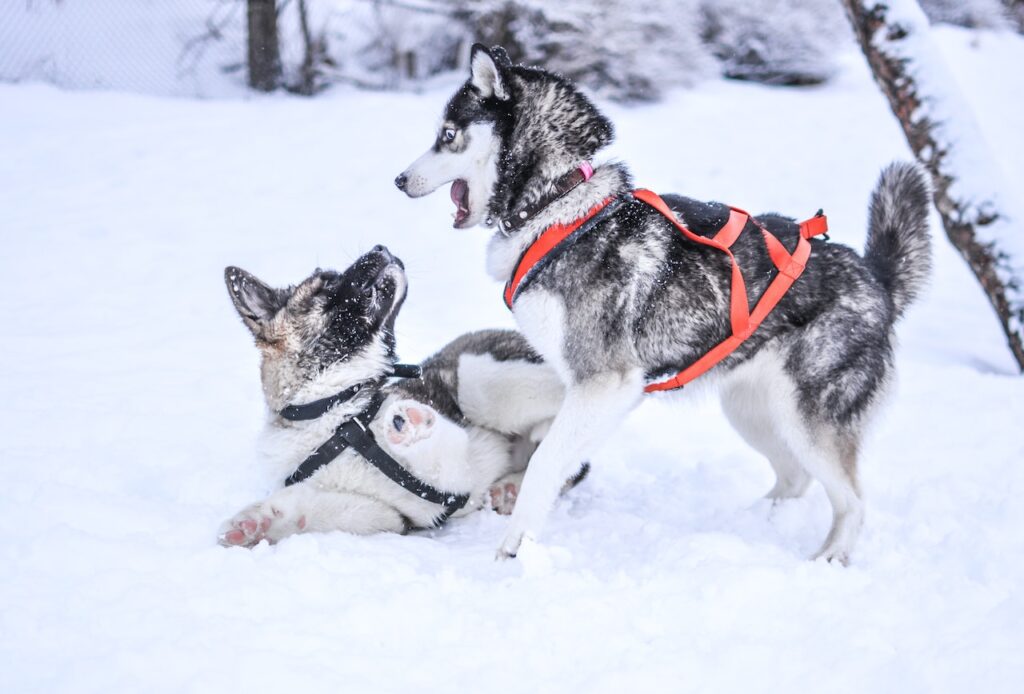

















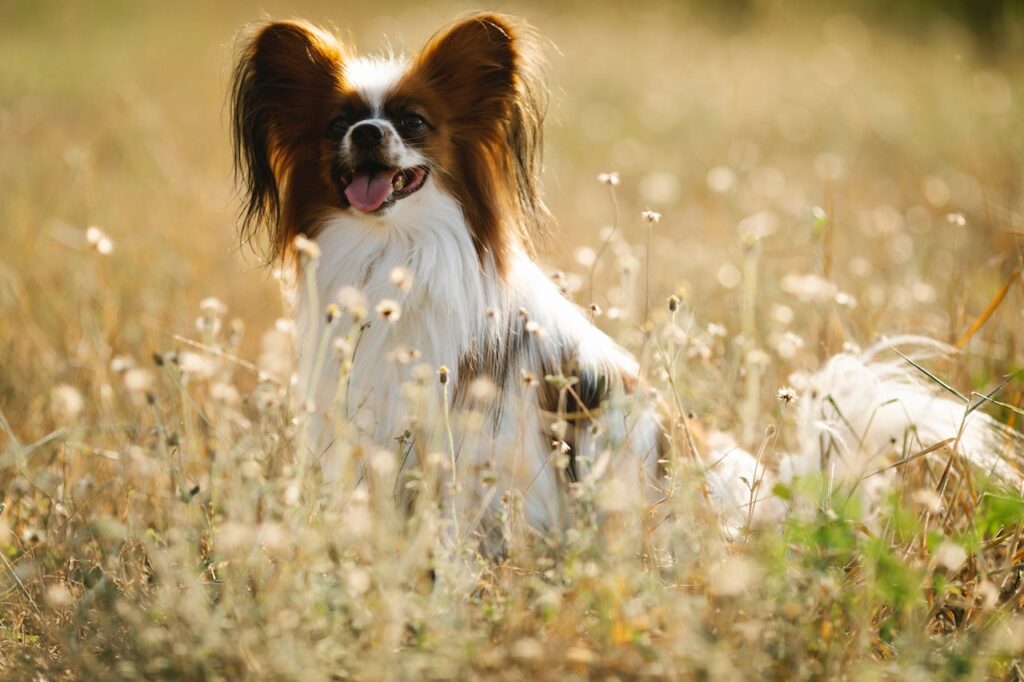






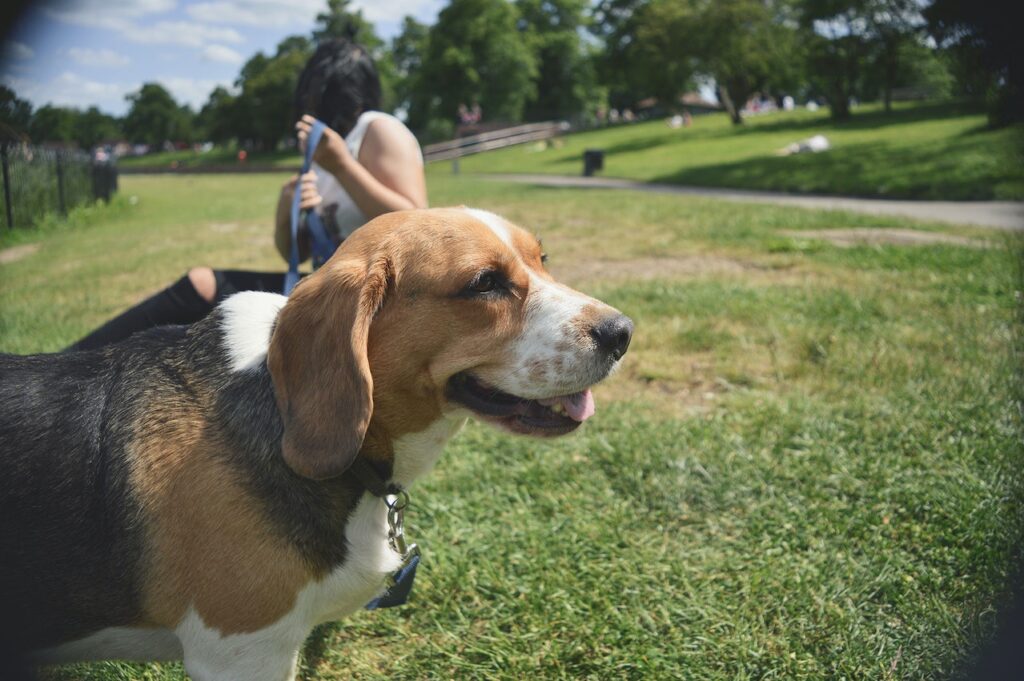


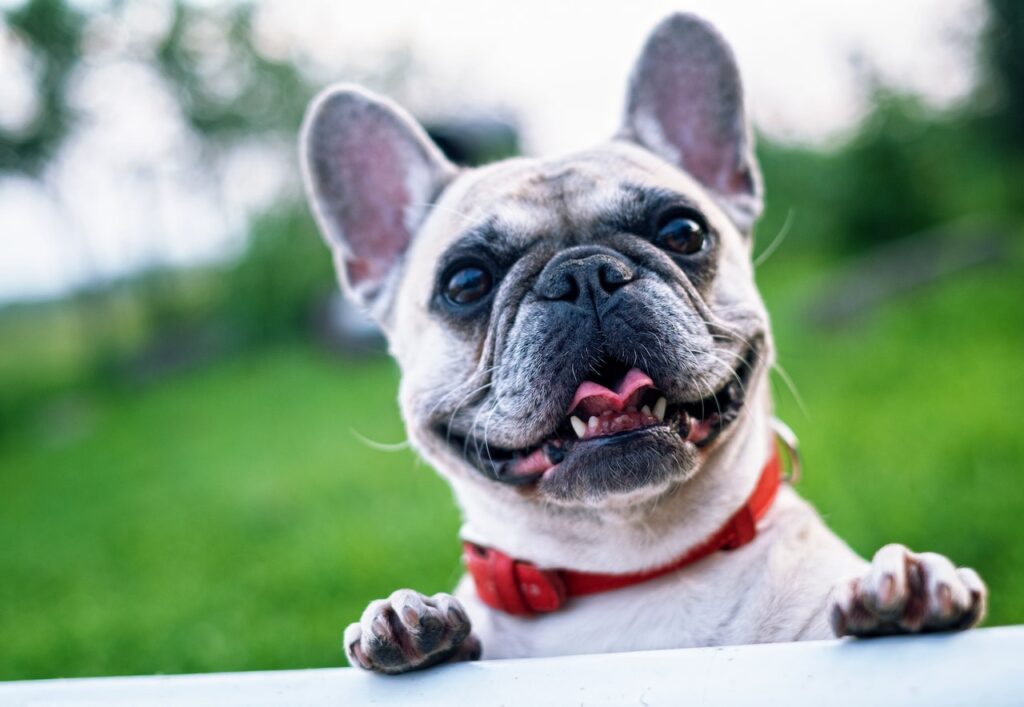
















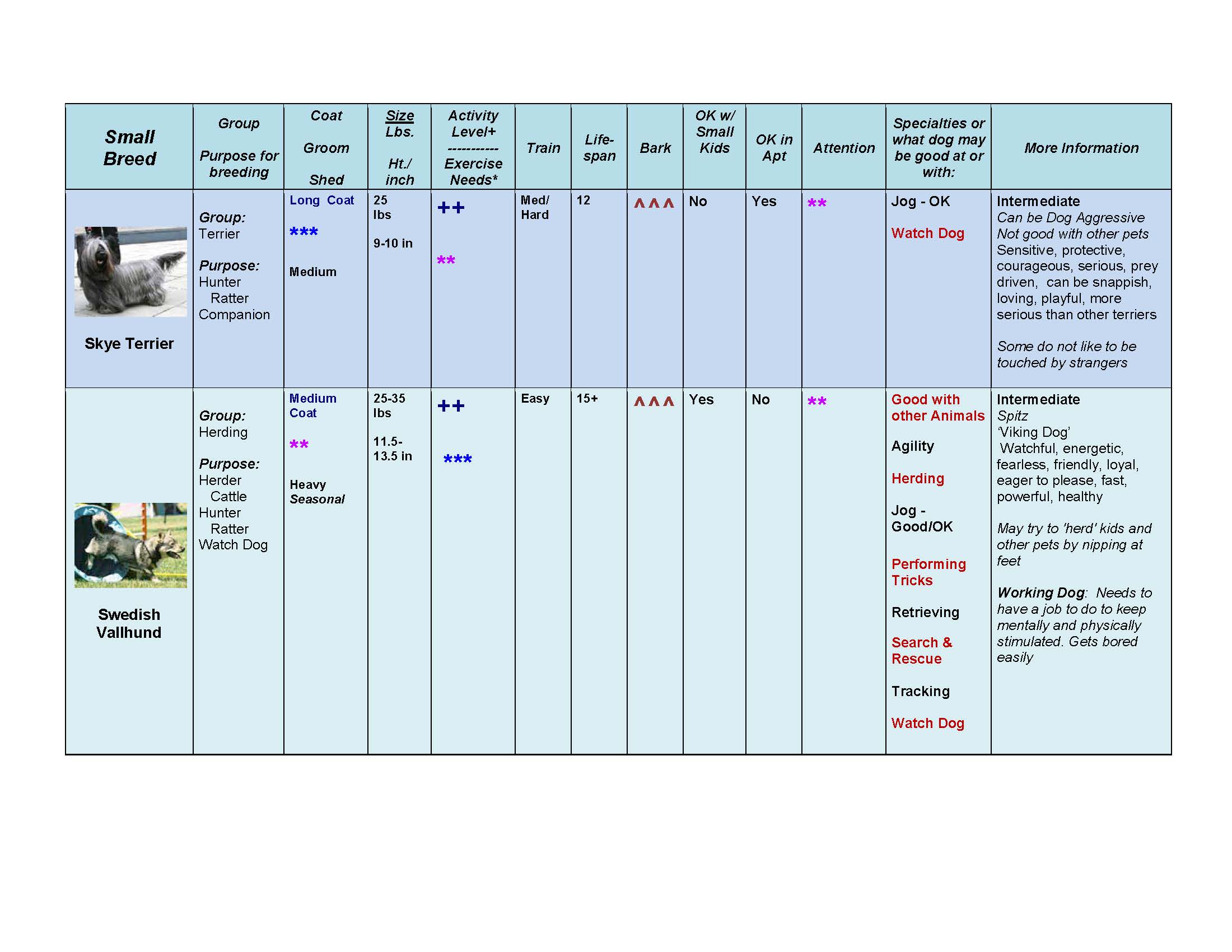



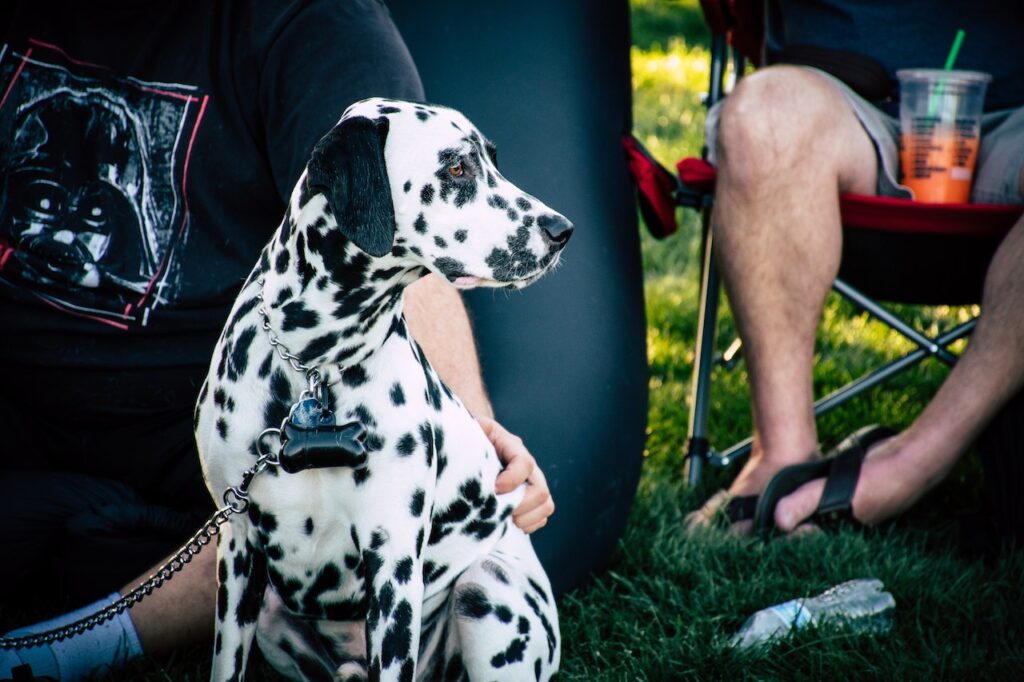



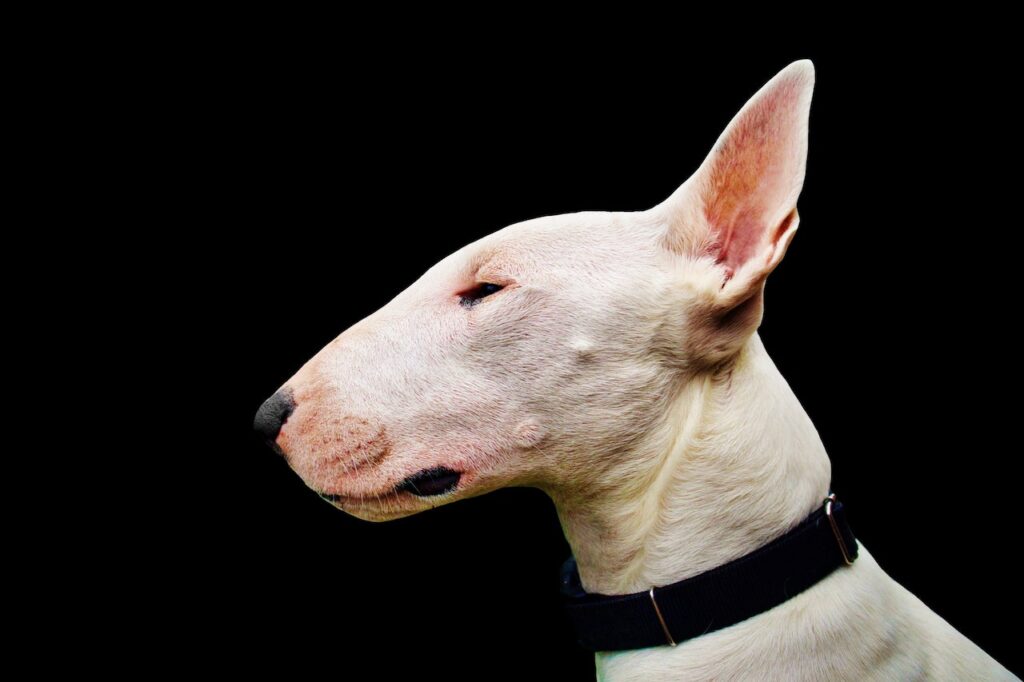
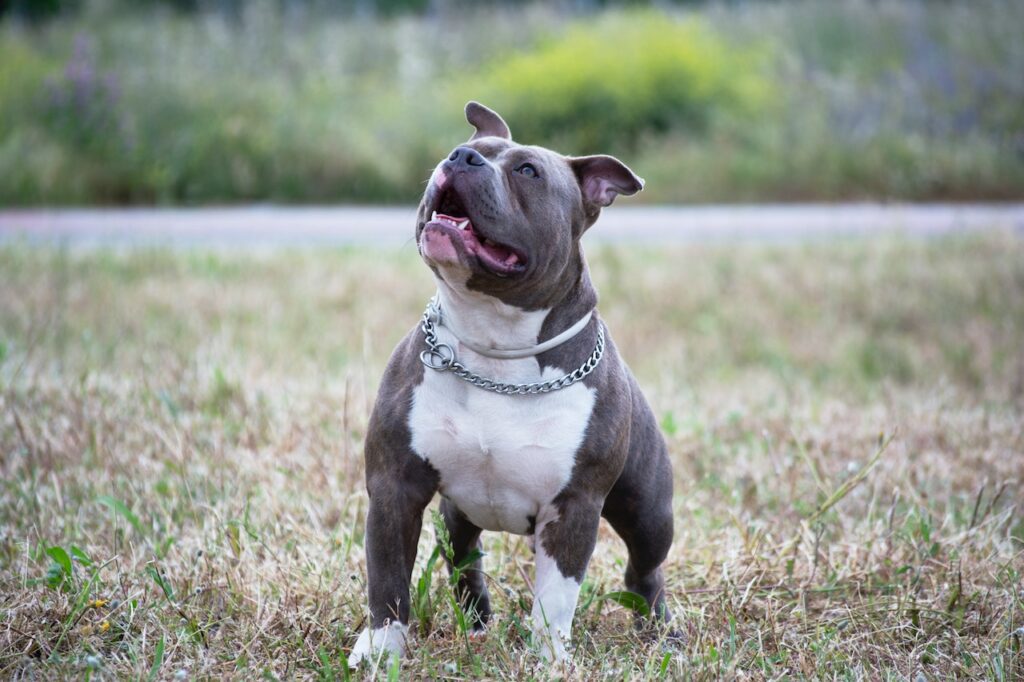






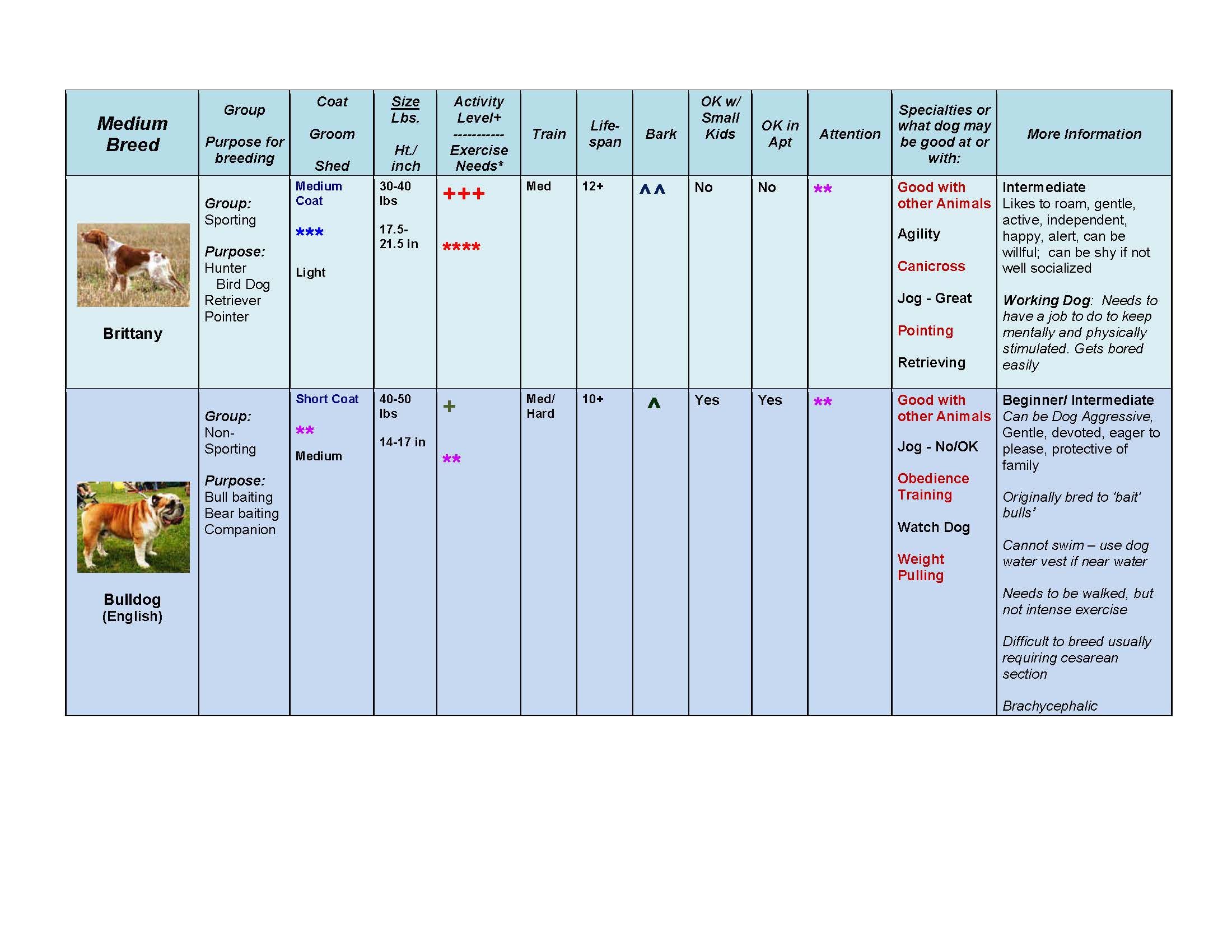








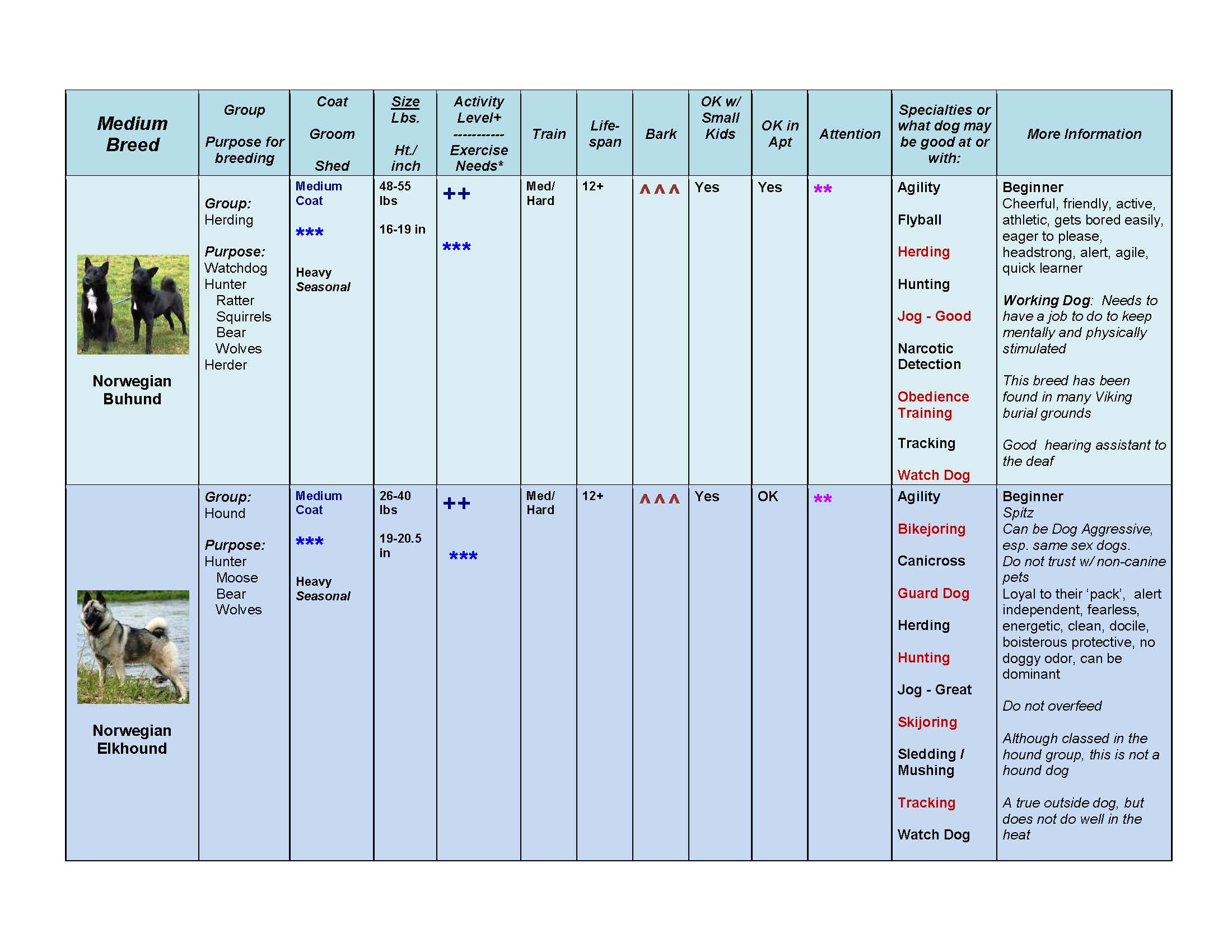
 Toggle Content
Toggle Content
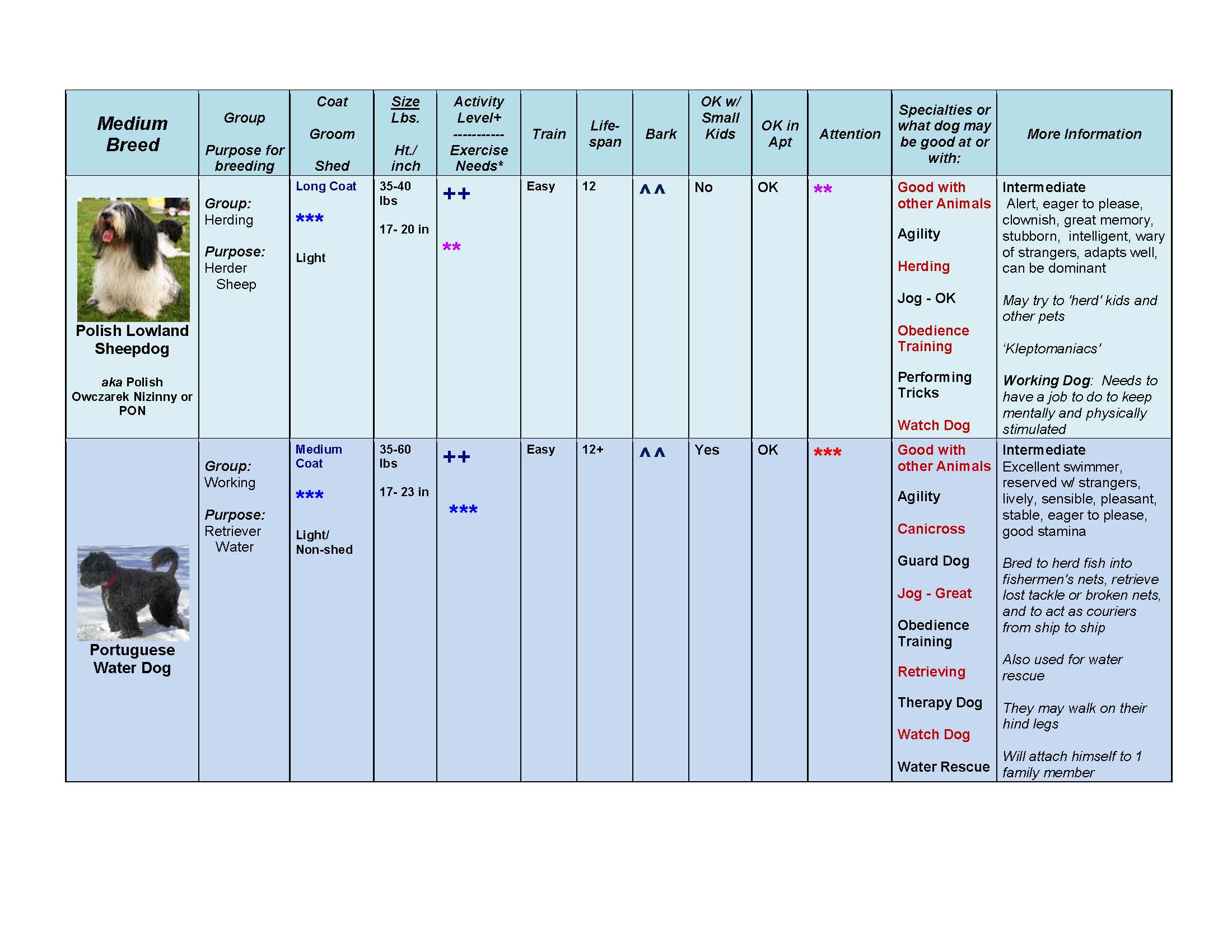 Toggle Content
Toggle Content
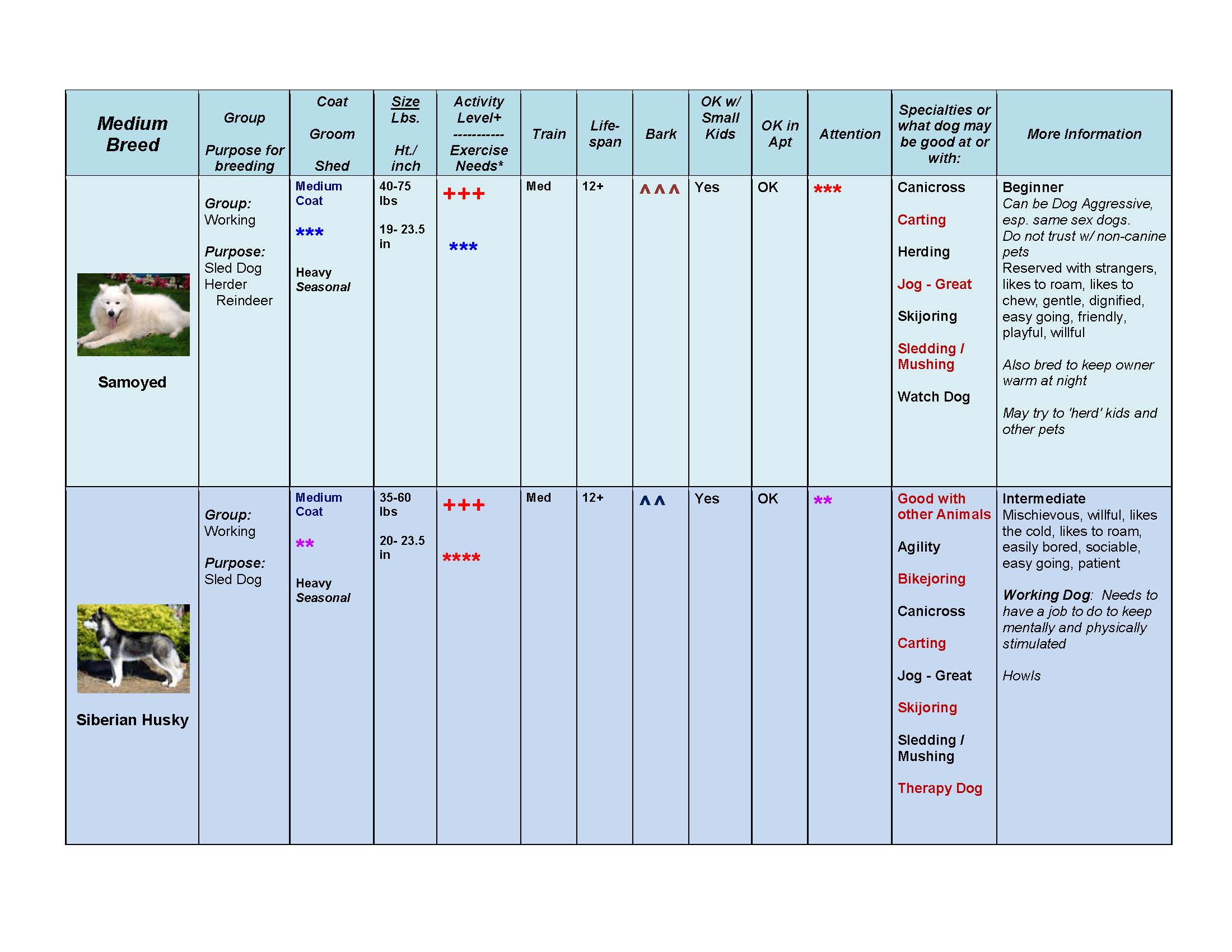




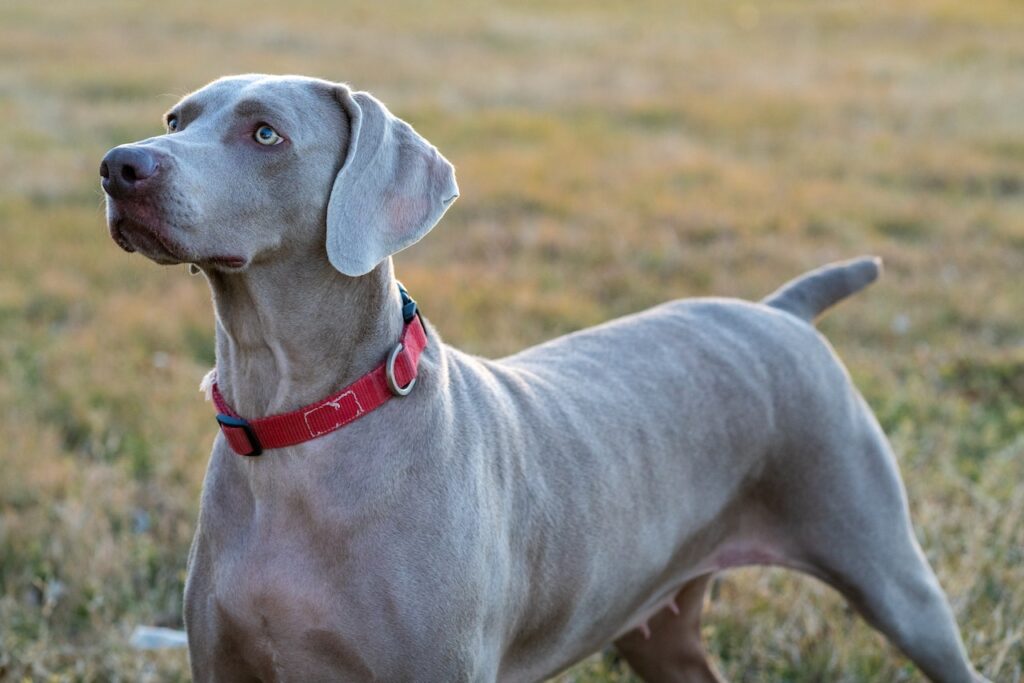

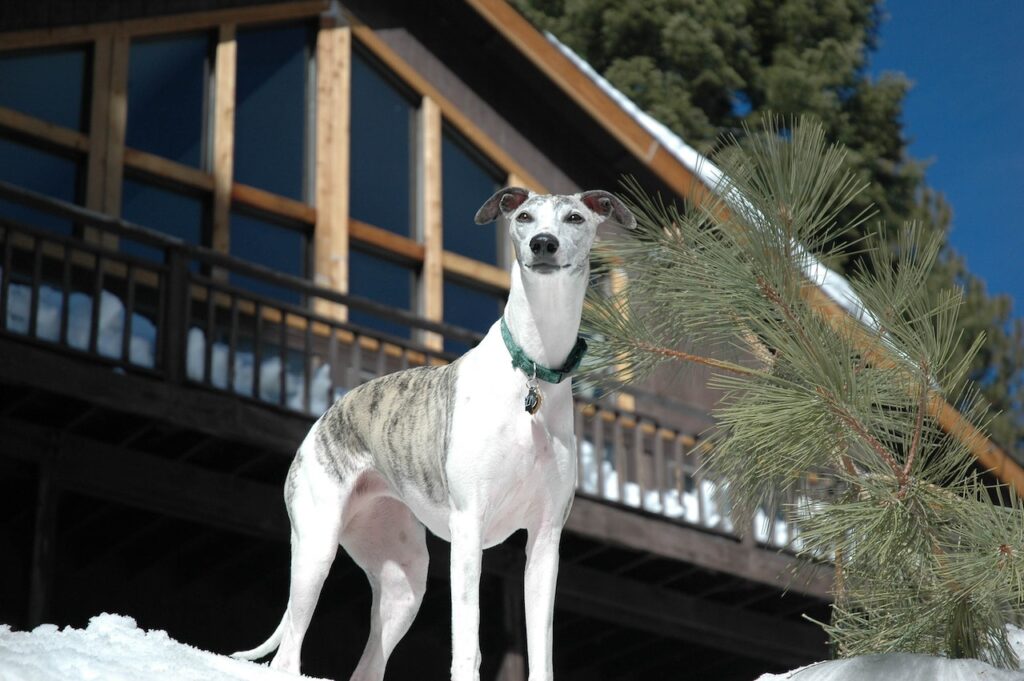













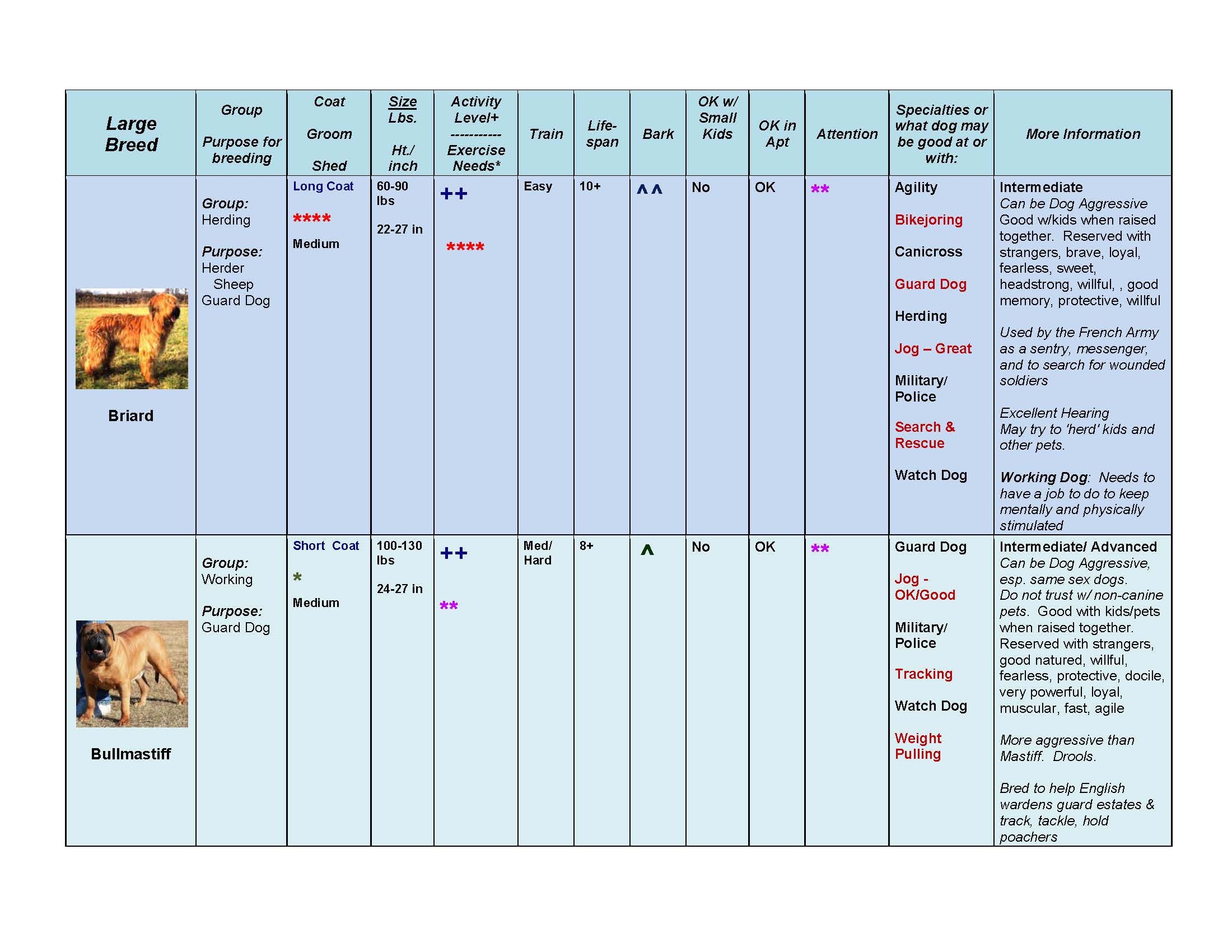




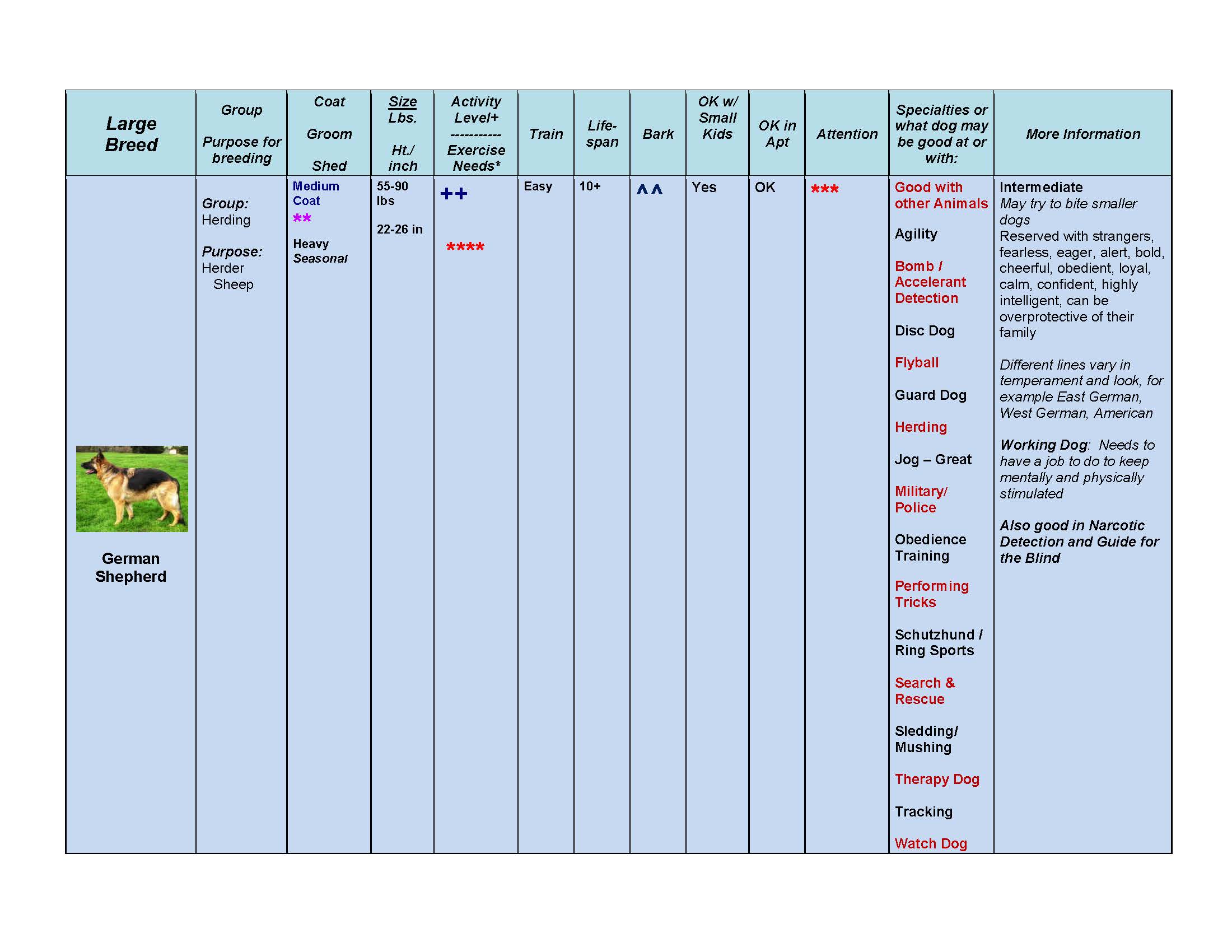




















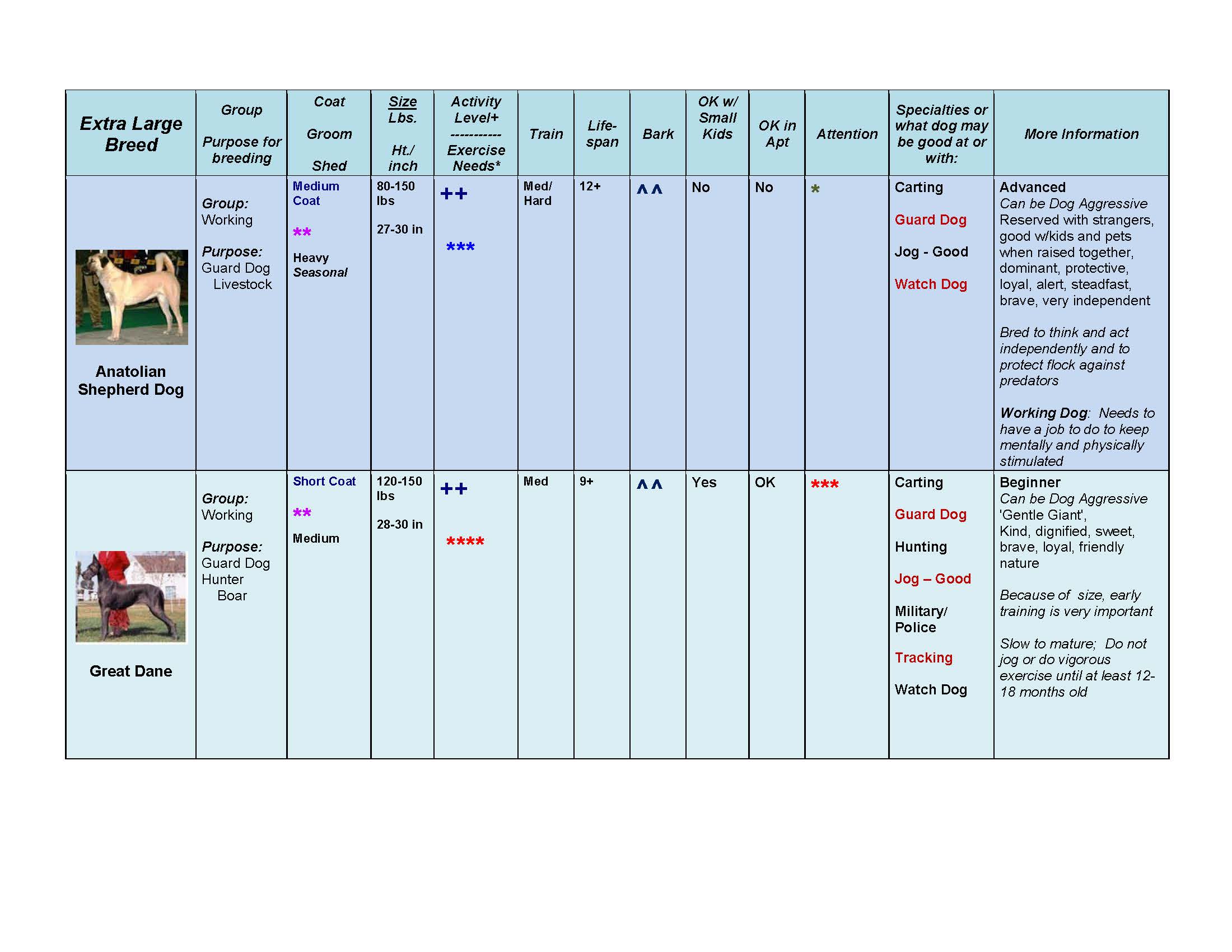
 Toggle Content
Toggle Content

